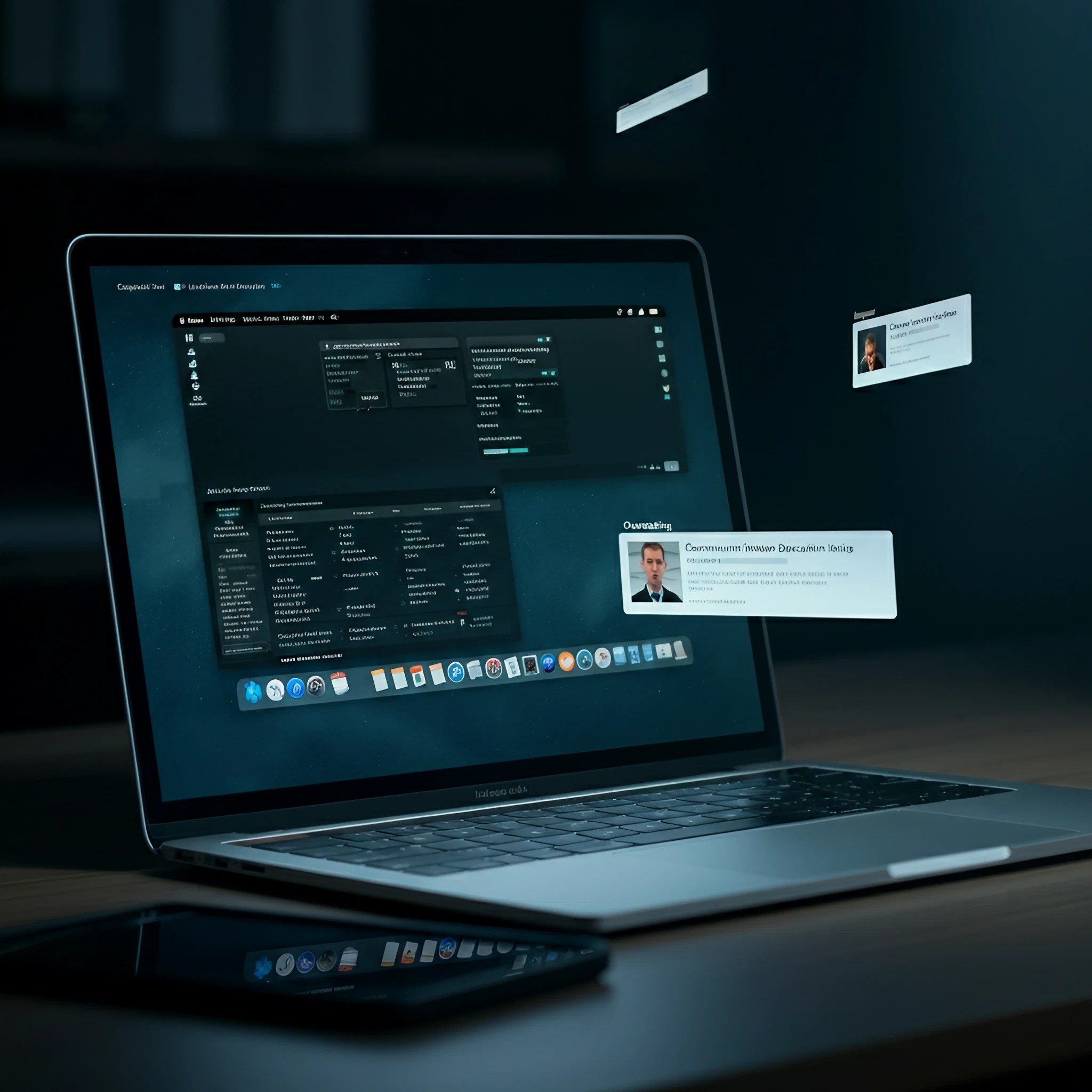Apple’s newly released M4 MacBook Air is making waves among tech enthusiasts, but not entirely for the right reasons. Reports are coming in from users and reviewers about peculiar behavior exhibited by Apple’s latest ultraportable laptop, leaving many scratching their heads. With its upgraded M4 chip and fan-favorite design, this machine was supposed to deliver seamless computing. However, certain quirks have garnered attention, sparking debates about whether these are intentional features or unexpected bugs.
What’s Happening? A Closer Look at the Odd Behavior
One of the most discussed anomalies comes from YouTuber Vadim Yuryev, who noticed an unexpected CPU behavior while editing photos on Lightroom Classic. The software, known for its resource-intensive nature, appears to exclusively rely on the six efficiency cores of the M4 chip, leaving the more powerful four performance cores almost untouched. This is in stark contrast to the previous M3 MacBook Air, which leveraged all its performance and efficiency cores for such tasks.
Beyond this, other puzzling issues have also surfaced, including the following reports from users and tech reviewers:
- Unexpected Shutdowns during intensive tasks like 4K video rendering.
- Screen Flickering that’s more noticeable under fluorescent lighting conditions.
- Battery Drain while idle, deviating from Apple’s advertised stellar battery performance.
- Intermittent Kernel Panics, with no consistent triggers identified.
- Overheating Problems, even during light tasks like web browsing.
- Wi-Fi Disconnections and challenges pairing with Bluetooth devices.
- Graphics Rendering Glitches when streaming videos or gaming.
- Lag During Multitasking, hampering smooth workflows when running multiple applications.
- USB-C Display Connectivity Hiccups, with external monitors blinking or disconnecting.
Could These Be Bugs, Features, or Hardware Issues?
Speculations are buzzing about the root cause of these problems. Some experts believe certain quirks might be tied to software optimizations or bugs. For example, the Lightroom Classic CPU behavior could be an intentional move to prioritize energy efficiency by focusing on the gentler efficiency cores. However, without direct confirmation from Apple, it could just as easily be a miscommunication between the M4 chip and third-party software optimizations.
On the other hand, hardware limitations may be playing a role too. Given the thin, fan-less design of the MacBook Air, overheating under strain isn’t entirely unexpected. Balancing performance with thermal management might be one reason for the odd CPU behavior.
How Does It Compare to Previous Models?
When compared to its predecessor, the M3 MacBook Air, inconsistencies in the M4’s performance raise questions. The M3 handled intense workloads by distributing tasks across all its cores seamlessly. Its thermal efficiency also seemed marginally superior under heavy loads, with fewer instances of overheating reported.
The M2 MacBook Air, released before the M3, is also considered more predictable than the M4 in terms of user experience. Both models cemented the Air’s reputation for reliability, which the M4 seems to be challenging with its current issues.
Community Discussions and Growing Frustrations
Apple’s dedicated user base has taken to forums, social media, and platforms like Reddit to voice their experiences. While some users are ready to chalk up these quirks as temporary software hiccups awaiting updates, others are frustrated that Apple hasn’t provided clear guidance.
Vadim Yuryev’s Twitter post comparing the CPU behavior in the M3 and M4 MacBook Airs has particularly gone viral, fueling speculation about whether these anomalies are bugs or part of Apple’s strategy to optimize power and performance.
Expert Opinions on Potential Solutions
Tech analysts and experts in the Apple community suggest several possible solutions while awaiting Apple’s official response:
- Software Fixes: A macOS update could address many of the observed issues, like battery drain or kernel panics, by optimizing resource management.
- Third-Party App Optimization: Developers of apps like Lightroom Classic may need to align their software more closely with the M4 chip’s architecture.
- Cooling Solutions: Users experiencing overheating could explore external cooling pads or limit intensive tasks temporarily.
Broader Implications for Apple and Its Future Products
If these behaviors are widespread and go unaddressed, they could have significant implications for Apple’s reputation, particularly among professional users. This also raises important questions about Apple’s focus on balancing innovation with reliability. With the growing dependence on efficiency cores and tightened design restrictions, is Apple taking too many risks with its newest products?
On the flip side, this could be an unintended learning curve as Apple pushes the boundaries of ARM-based silicon. Resolving these peculiarities now could pave the way for smoother performance in future iterations of MacBook Air and other Apple devices.
Impact on the User Experience
For now, the M4 MacBook Air remains a mixed bag. While its lightweight design and energy-saving features are promising, these unresolved quirks hinder the seamless user experience people have come to expect from Apple. Productivity workflows reliant on connectivity, graphics rendering, or multitasking particularly take a hit.
Warranty and Support Options
Affected users should explore Apple’s warranty and support options. MacBook Air models come with a 1-year limited warranty, with optional AppleCare+ extending coverage to three years. If reoccurring issues persist, users are advised to seek help through Apple Support or schedule a Genius Bar appointment for diagnostics.
What’s Next? An Overall Assessment
The M4 MacBook Air introduces exciting possibilities with its cutting-edge M4 chip, but the odd behaviors being reported have left Apple’s newest laptop as a work in progress. While software updates and user adjustments may smooth the rough edges, Apple will need to act swiftly to maintain trust among its loyal customers.
For tech enthusiasts, the situation is worth monitoring. It’s possible that software patches or third-party updates will clarify whether these issues are bugs or experimental features. Meanwhile, early adopters should proceed with cautious optimism.
Stay tuned for updates as this intriguing story unfolds.








